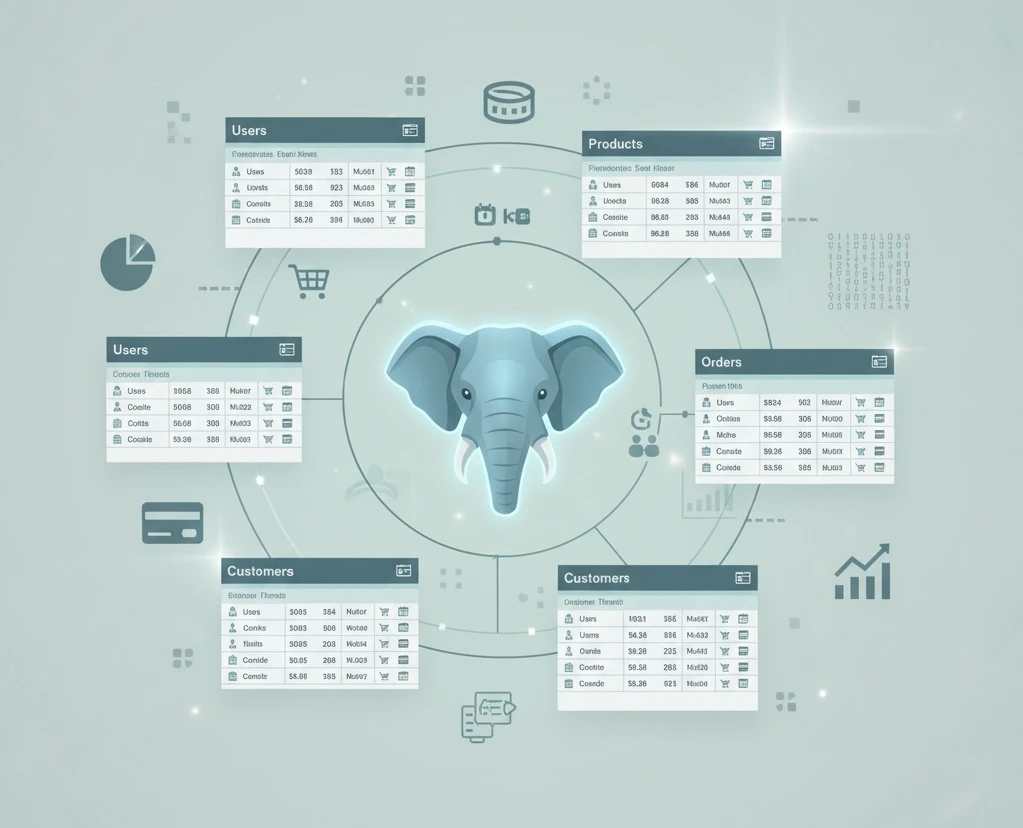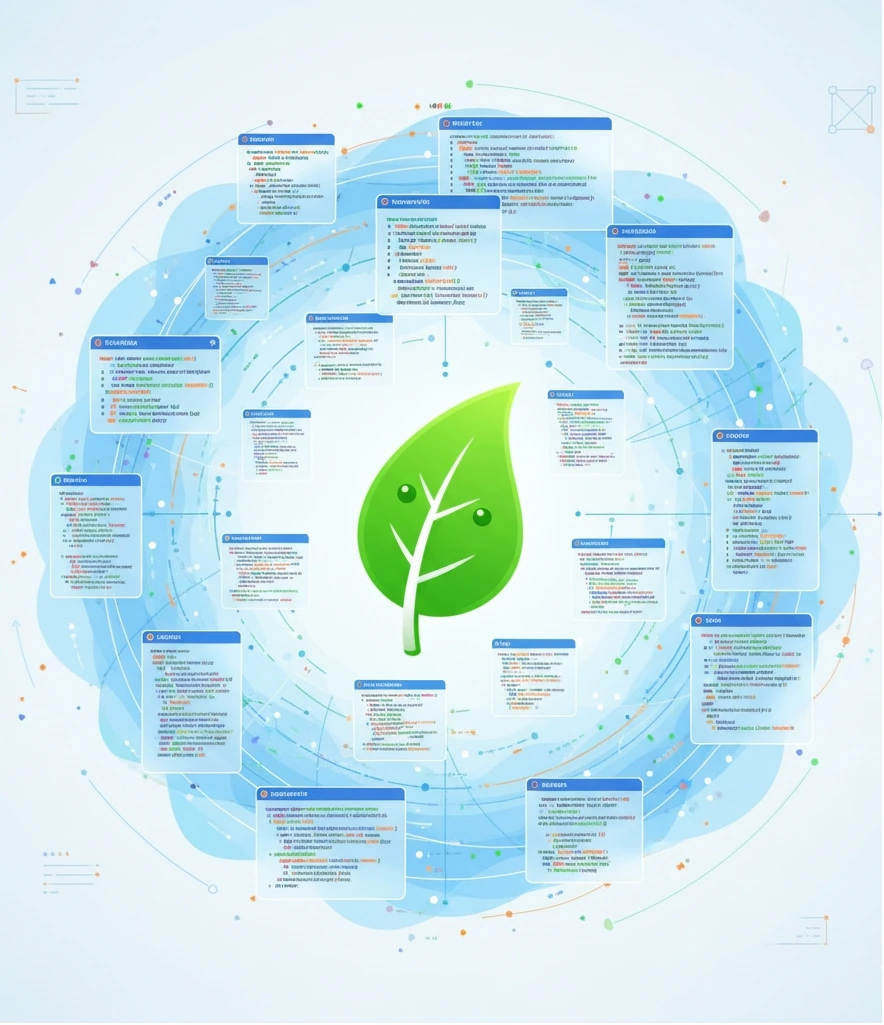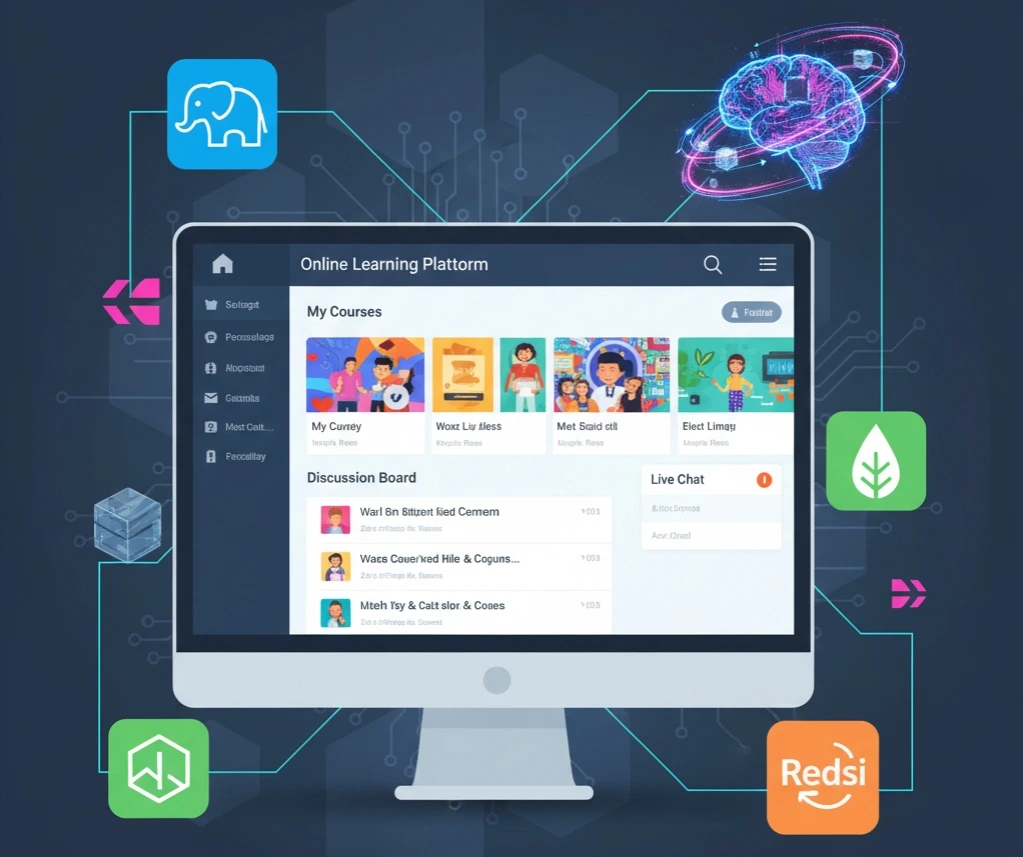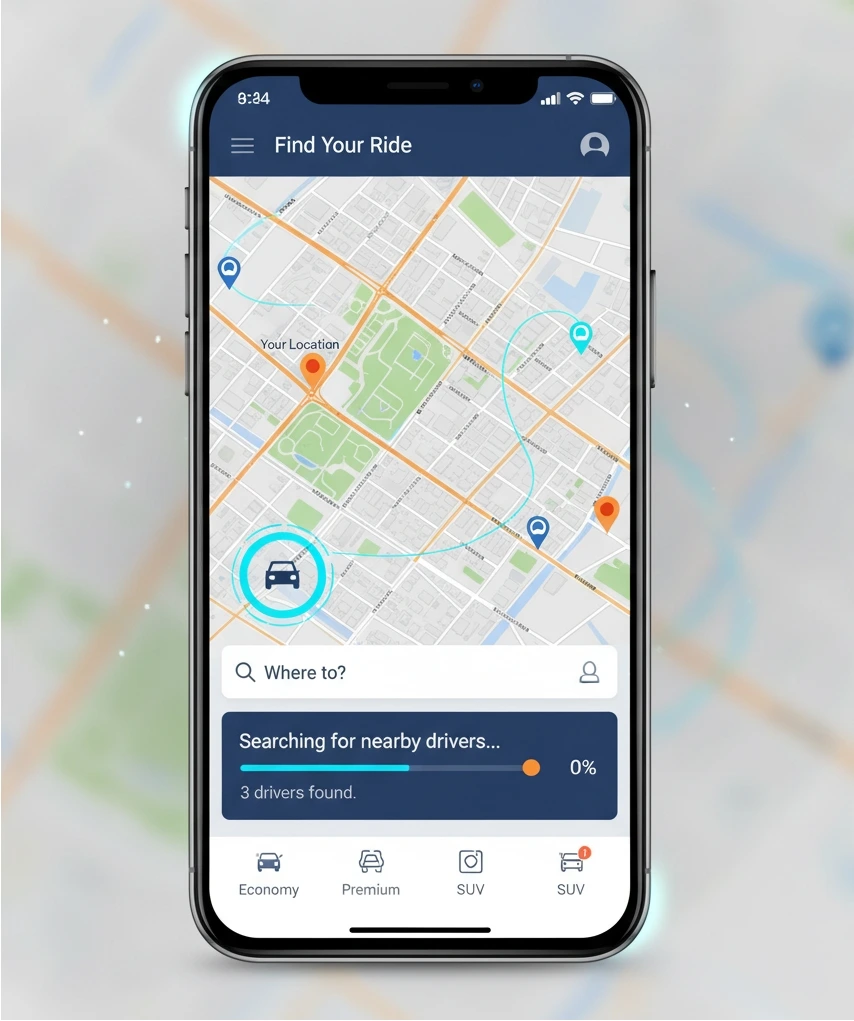Businesses need websites and apps that are scalable, dependable, and rapid in modern technology. That’s where a Full Stack Developer’s work gets so crucial. Every application starts with databases and knowing how to handle databases is not just a bonus skill but it is a requirement for a Full Stack Developer. Every developer should have PostgreSQL, MongoDB, and Redis databases on hand to make a difference in the competitive market. In this blog, we are going to learn why these databases are important and how they work together.
What is Full Stack Developer?
Let us briefly go over what a full stack developer really does before we turn to the databases. Simply put, a Full Stack Developer is someone who can create an application’s front-end as well as back-end. They develop the logic, server, and database systems driving everything behind the scenes in addition to the interface users interact with. Consider it this way: your phone or computer’s front-end is what you view; the back-end is the invisible engine enabling all of it. A full-stack professional must be able to connect both sides perfectly. This involves making sure the database layer can support actual usage as well as writing code for web app development or mobile app development.
Real-Life Example: A company like Netflix uses full stack developers to manage both the user interface where viewers browse content and the back-end servers that handle user accounts, streaming data, and recommendations in real-time.
Reasons Databases Build Great Applications
The data has to go somewhere when you upload content on social media or place an order on a site. This part is the database. Even a great app will crash or lag without a good database. This is why databases are important for a full stack developer. Three of the most potent and often used technologies in this industry are Redis, MongoDB, and PostgreSQL. Together they let developers create reliable, adaptable, and very quick apps.
PostgreSQL: The Solid Foundation

PostgreSQL has been around for years and many companies count on it to manage their most crucial data. Developers should use PostgreSQL whenever working with structured data. If you are creating an e-commerce platform, connecting orders, payments, product information, and users is essential. PostgreSQL allows these connections to be understandable and ease to manage.
PostgreSQL’s ability to manage difficult queries is what makes it a good choice. It won’t disappoint you if you need to retrieve thorough reports or spot trends in your information. Being scalable, it can run huge business systems as well as small projects without affecting performance. This database offers the dependability that clients and users expect from a full stack web developer.
Real-Life Example: Large e-commerce platforms like Amazon use PostgreSQL to manage structured data like orders, billing, and inventory across millions of users, ensuring data consistency and fast query handling.
MongoDB: The Flexible Choice

Although PostgreSQL is good for structure, some projects require more flexibility. That’s where MongoDB comes in handy. MongoDB stores data in documents that resemble somewhat JSON. This means that developers do not need to adhere to inflexible table structures.
For instance, you are creating a social media platform via mobile app development with React Native. Every user can post something unique. Some users write quick updates, others share videos, and yet others post pictures. Storing all of this in a traditional database would not be easy. However, MongoDB does not need all data to have the same format. This agility enables developers to work more quickly and modify to shifting project needs without any hassles.
Real-Life Example: Platforms like Facebook and Instagram use MongoDB for storing user posts, multimedia content, and activity feeds that vary in structure and size for each user.
Redis: The Speed Advantage

Applications sometimes need an additional degree of speed even with organized and adaptable databases. Redis makes it possible. As an in-memory database, it keeps data in RAM as opposed to on a disc. This is very quick and ideal for real-time updates, caching, or anything needing immediate responses.
Think about developing a ride-hailing app. Users would want real-time driver locations, immediate notifications, and seamless conversation with their driver. By managing session information and quickly providing updates, Redis makes all of this possible. Rather than intending to replace PostgreSQL or MongoDB, it is designed to work alongside these databases and provide applications with extra performance boost. Understanding how to leverage Redis can be the difference between a laggy app and a smooth, responsive experience for a Full Stack App Developer.
Real-Life Example: Uber uses Redis to manage live ride tracking, driver availability, and session caching to ensure passengers see real-time data instantly without delays.
How They Work Together
When PostgreSQL, MongoDB, and Redis are used together, they give the best results. Each one has its own uniqueness. PostgreSQL deals with structured, relational data, MongoDB controls the changing or unstructured content, while Redis guarantees everything runs at breakneck pace.
For example, if you are creating an online learning platform, PostgreSQL can handle course, grade, and user accounts. Storing discussion boards and resource uploads will be MongoDB’s job. On the other hand, Redis will ensure smooth live classroom conversations or quick tests. Instead of picking one database, using all three will yield better outcomes for your system, making it more efficient and balanced.

Real-Life Example: An online education platform like Coursera may use PostgreSQL for structured course data, MongoDB for student-submitted projects and forum posts, and Redis to power real-time quiz scores and notifications.
Why This Knowledge is Beneficial for Your Career
Mastering these databases has great career benefits for anyone trying to become a Full Stack Web Developer or Full Stack App Developer. Employers and customers seek people who can manage all parts of a project from idea to deployment. By incorporating PostgreSQL, MongoDB, and Redis, you demonstrate your abilities that you don’t just know how to create apps but also how to ensure their dependability and scalability. Moreover, startups consider employing developers capable of handling everything, and freelancer rates increase when they bring this degree of knowledge. These technologies will help to make your work more valuable.
Get Started
The best part is that learning these databases doesn’t need to be exhausting. Starting with PostgreSQL will help you get acquainted with SQL and relational data. Then once you get the hang of it, move on to MongoDB and see how it processes documents differently. Last of all, explore Redis to grasp caching and real-time data.
Examples Developers Can Relate To In Practice

Connecting databases to examples from everyday life will help you understand their importance. Take a ride-hailing application such as Uber or Careem as an example. PostgreSQL works well with structured data including payment history as well as driver and customer information. MongoDB handles the flexible data such as different ride choices, driver logs, or user comments with great clarity. Redis takes over the “live” part of the app like showing available drivers in real time or updating your trip progress.
Another example can be an e-commerce platform. Picture yourself as a Full Stack web developer constructing it. Orders, goods, and bills are tracked in PostgreSQL while reviews, product recommendations, and user-generated content are managed by MongoDB. The shopping cart runs on Redis, which guarantees that if users reload the page, their goods won’t vanish. These databases combined provide a pleasurable shopping experience for the user.
The Human Aspects of Full Stack Development
Many times, when people picture a Full Stack App Developer, they picture someone who writes a lot of code. However, the work is really about fixing issues for people. That’s why it is important to understand the value of databases. Imagine a student seeking university admission. Their stress levels soar if they use a poorly created admissions app that crashes repeatedly or causes data loss. In contrast, if the app is designed with robust database options, it seems smooth and dependable, therefore influencing the user’s trust. For a developer, it is satisfying to see your abilities help people in times that are important to them.
Conclusion
These days, being a full stack developer is not only about programming the back-end and front-end. It’s about creating systems that scale with demand, perform well, and provide users with an excellent experience. Together, PostgreSQL, MongoDB, and Redis allow developers to create genuinely notable apps that people will love using, such as ride-hailing apps like Uber, e-commerce platforms like Amazon, or online learning systems like Coursera, all of which rely on a combination of structured, flexible, and real-time databases for a seamless experience.




